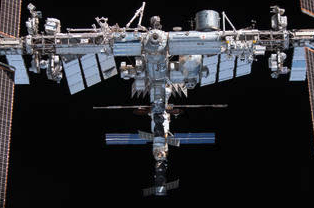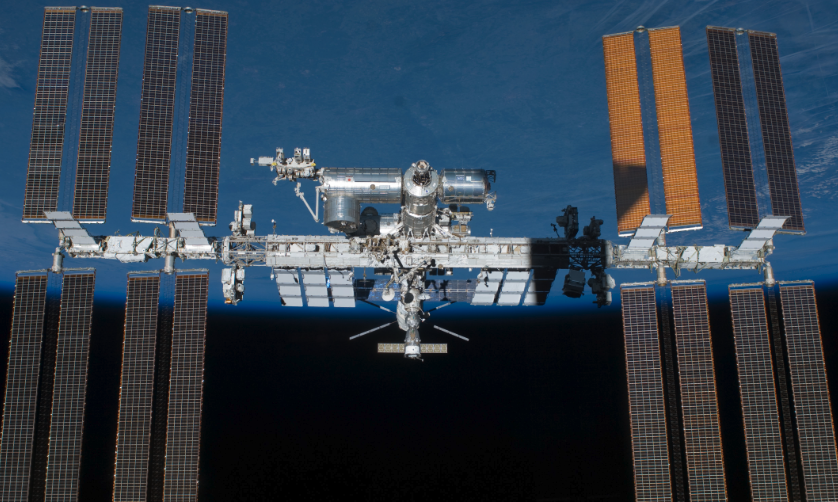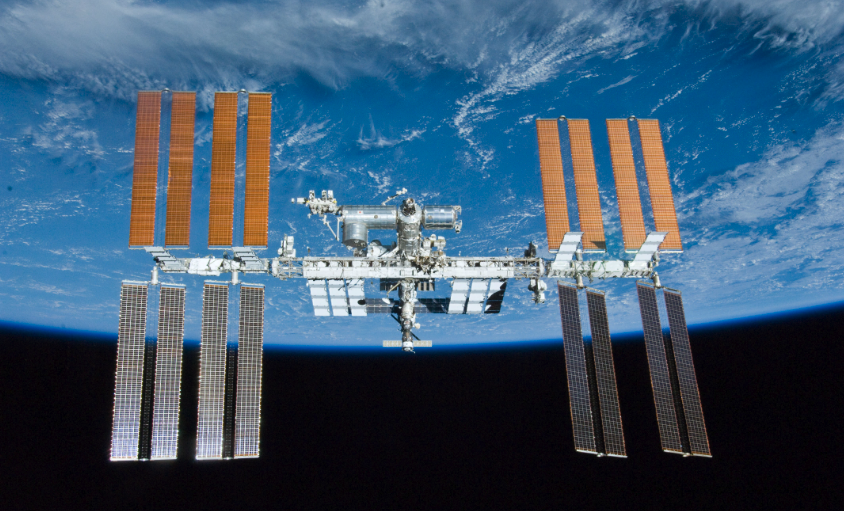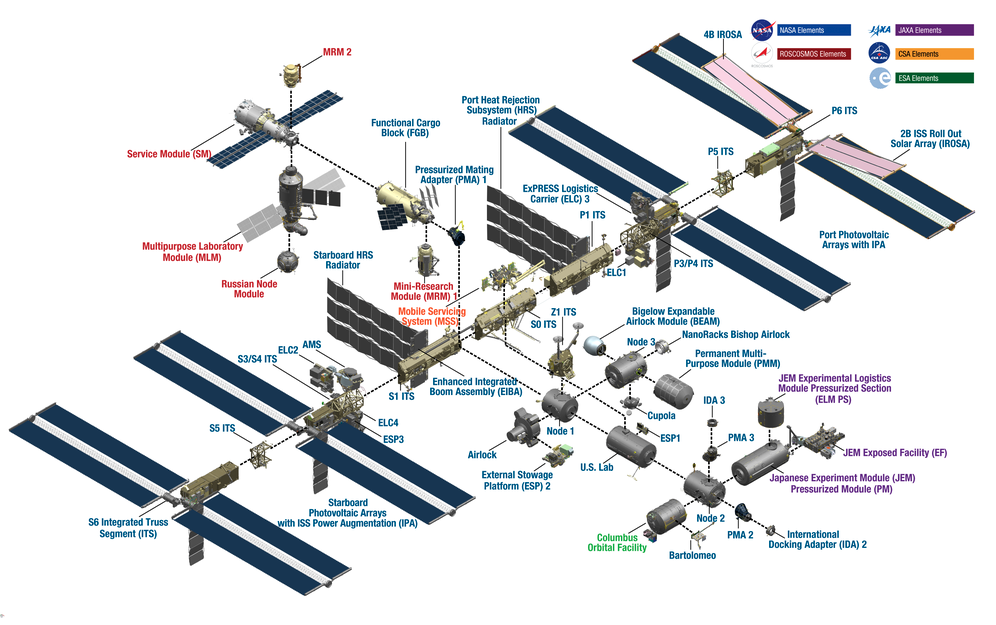How do I see the ISS from Earth?
The International Space Station (ISS) is so large that it’s visible from Earth without a telescope! The International Space Station is approximately 250 miles above the surface of the Earth in Low Earth Orbit. Traveling at approximately 17,500 miles per hour, the ISS circles the globe once every ninety minutes.

Table of Contents
Why is the ISS moving across the sky?
The ISS resides in Low Earth Orbit (LEO). Objects in LEO circle the globe. Objects in Geostationary Orbit (GEO) do not circle the globe and remain stationary above one location.
- Satellites in Low Earth Orbit travel at approximately 4.85 miles per second (7.8 km per second) with an altitude of approximately 160 km to 1000 km above the earth. LEO satellites circle the globe sixteen times each day. The ISS is in LEO.
- Satellites in Geostationary orbit travel approximately 2.26 miles per second (3.8 km per second) with an altitude of approximately 36,000 km above the earth. GEO satellites match the Earth’s rotation speed, appearing “stationary” above the Earth.

Where do I look?
The ISS is in a constant state of motion. Atmospheric drag and Earth’s gravity create orbital altitude degradation on the ISS. Changes in the ISS’s altitude modify its trajectory. In theory, the exact orbit path will repeat every three days.
A good way to determine when the ISS will be traveling near you is to use NASA Spot the Station website. Entry your city, and the website generates a list of upcoming passes near your location. Don’t worry if your exact city isn’t listed. Pick a city that’s close to you.
| Date | Visible | Max Height* | Appears | Disappears |
| Today, 5:30 AM | 5 min | 23° | 10° above S | 10° above ENE |
| Today, 4:44 PM | 2 min | 11° | 10° above SE | 10° above ESE |
| Tomorrow, 6:18 AM | 6 min | 29° | 10° above WSW | 10° above NNE |
Here’s an example of a flyby chart from the NASA Spot the Station website based on your current location.

Which direction should I look?
Take a few moments to orient yourself outdoors. Which direction is N, S, E, W?
Old School:
- Use a compass and orient yourself in the proper direction
- Use your hands to determine approximate viewing height
- Make a fist, knuckles rolled forward, and raise it to eye height
- The approximate distance from your thumb to your pinky finger is 10°
- Make the “hang loose” or “aloha” symbol with your hand. It’s 25° from your pinky to your thumb.
- Pay close attention to the ISS Max Height above the horizon. Landscapes or buildings can easily (easily) cover up to 15-20° of the horizon.
New School:
- Use your favorite cell phone app to orient yourself (N,S,E,W)
- Use the app to find the ISS
- (-) cell phone brightness

There it is!
Now that you’re oriented and know where to look, it’s time to locate the ISS! Be patient and relax. Soon enough, you’ll see satellites, even if they’re not the ISS.
